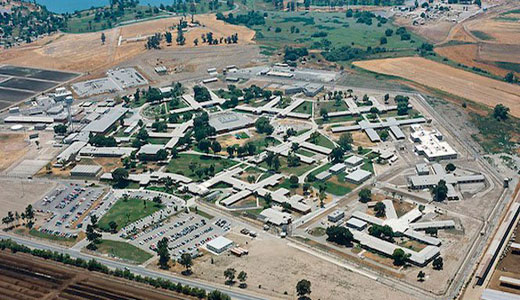
“Being treated like I was less than human produced in me a despair.” – Kimberly Jeffrey
This month, the Center For Investigative Reporting released a disturbing report on activity in California’s prison system. From at least 1997-2010, nearly 150 women were found to be sterilized while in prison, and several of the women have related that they were often forced to give their approval, some while actually giving birth.
California has history in this area already, with a past that included over 20,000 sterilizations between 1909-1964. Women who were considered unfit (morally, mentally or genetically) to bear children were routinely sterilized under a program that was open in its goal of eugenics. California has historically been the state where the most sterilizations were performed in the now-discredited program of eliminating those deemed socially unfit from contributing to the gene pool.
Tubal ligation is a non-reversible surgical method of birth control. Prison doctors who performed the surgery protested that they deemed it medically necessary to prevent further dangerous deliveries for women who had more than one C-section and might be at risk in the case of a future pregnancy. However, there are less invasive methods like IUD or implants that can prevent future pregnancies without being irreversible.
Feminist blogger Amanda Marcotte highlighted the parts of the CIR report that centers on the highly inflammatory comments made by prison doctors, which belies their claims that they were performing merely medically necessary operations. Instead, more than one implied that they felt their actions were also performing a needed service to society.
“Over a 10-year period, that isn’t a huge amount of money,” Dr. James Heinrich said, (referring to state funds used to pay for tubal ligation surgery), “compared to what you save in welfare paying for these unwanted children – as they procreated more.”
Dr. Heinrich worked in conjunction with Daun Martin, prison administrator of Valley State Prison of Chowchilla. Martin has also objected to the implication that sterilizations were done as a form of social engineering in the prisons. She said that tubal ligation was offered to women as a form of medical empowerment, even though approval needed to be given on a case-by-case basis and are restricted by law in prison unless it is a medical emergency. Federal funds are banned for use for prisoner sterilization, but prisons used California state funds instead.
Martin’s professed altruism came under question when she further explained she also wished to limit the amount of women she felt used the prison system as a health plan when pregnant, “Do I criticize those women for manipulating the system because they’re pregnant? Absolutely not. But I don’t think it should happen. And I’d like to find ways to decrease that.”
Evidence abounds that several of the women who were sterilized had the procedure done with their approval coerced while under duress, such as giving birth or being examined while pregnant. Kimberly Jeffrey managed to avoid being sterilized, but reports that she was requested several times to consent to the operation by her prison doctor, Heinrich.
CIR further reports: “Dorothy Roberts, a University of Pennsylvania law professor and expert on sterilization, said courts have concluded that soliciting approval for sterilization during labor is coercive because pain and discomfort can impair a woman’s ability to weigh the decision.”
The report continues, “If this was happening in a federal prison, it would be illegal,” Roberts said. “There are specific situations where you cannot say it’s informed consent, and one of them is during childbirth or labor. No woman should give consent on the operating table.”
Dr. Heinrich responded to this criticism by saying that the women affected are now just looking for government handouts, “If they come a year or two later saying, ‘Somebody forced me to have this done,’ that’s a lie. That’s somebody looking for the state to give them a handout. My guess is that the only reason you do that is not because you feel wronged, but that you want to stay on the state’s dole somehow.”
Photo: The California Institution for Women in Corona (pictured) was one of two state prisons where female inmates were sterilized without required state approvals. At least 148 women received tubal ligations in violation of prison rules from 2006 to 2010. / Courtesy of the California Department of Corrections and Rehabilitation










